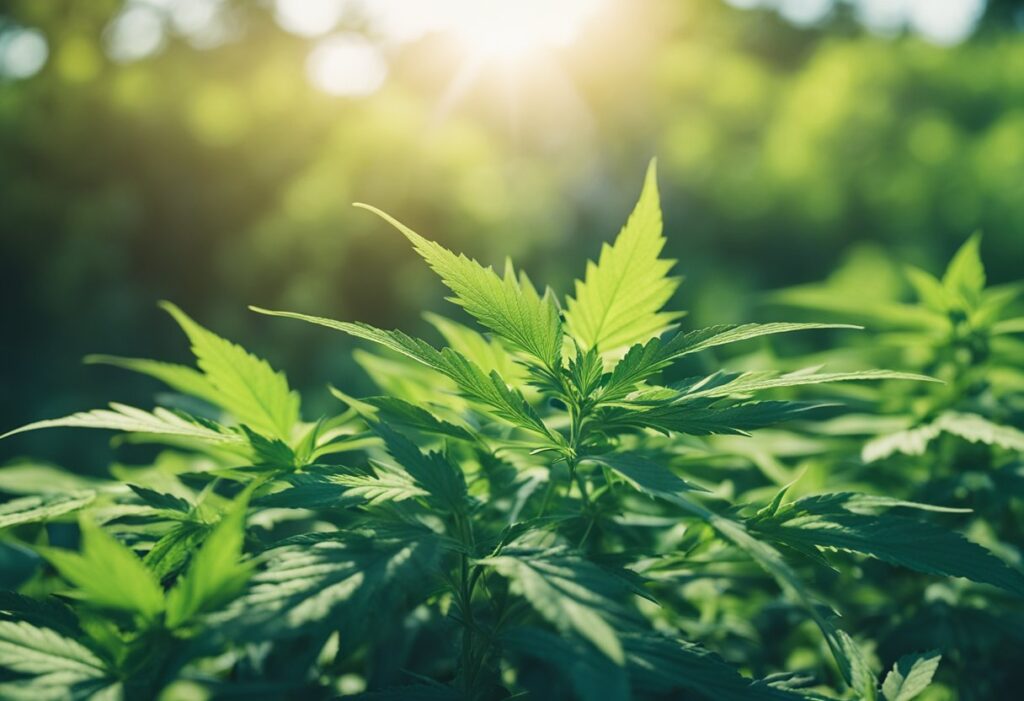
Blue Dream is a sativa-dominant hybrid that combines invigorating cerebral effects with a calming body relaxation. Its lineage is a testament to skilled breeding.
Blue Dream is the result of crossing two iconic strains: the sweet and tranquil Blueberry and the energetic sativa, Haze. This genetic pairing has created a unique strain that reflects the best aspects of both parents.
Originating from California, specifically the Santa Cruz area, Blue Dream has become a beloved strain across the USA for its balanced effects and pleasant berry aroma.
The seeds of Blue Dream produce plants that are known for their vigor and relatively easy growth patterns, making them a great choice for you as both a novice and experienced cultivator.
When grown, Blue Dream plants tend to exhibit a robust structure with the potential to reach considerable heights, reflecting their sativa heritage. The seeds give rise to sizable yields of high-quality flowers under optimal growing conditions.
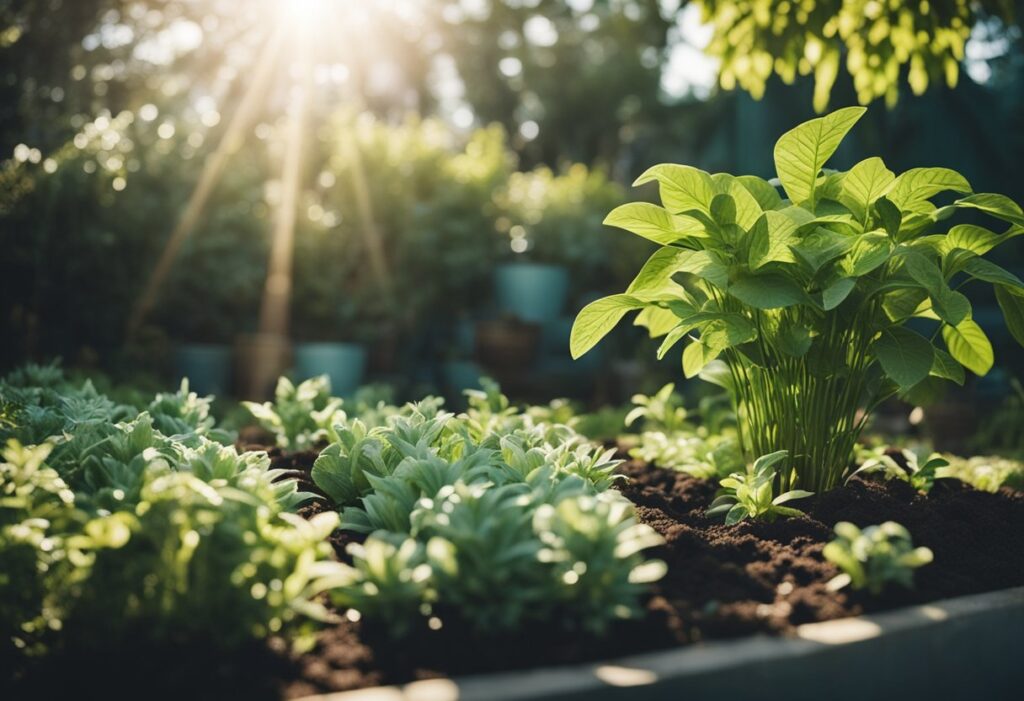
Creating a thriving environment for Blue Dream seeds is key to reaping a generous harvest. Closely monitoring soil composition, climate, and moisture will set the foundation for robust plant growth.
To maximize your Blue Dream’s potential, pay careful attention to soil quality and nutrient balance. The ideal soil pH for Blue Dream should range from 6.0 to 7.0 for soil cultivation, and 5.5 to 6.5 if you’re utilizing hydroponic systems. Nutrient-wise, prepare a rich mix containing nitrogen (N), phosphorus (P), and potassium (K), alongside micronutrients like calcium and magnesium.
Blue Dream seeds flourish in a Mediterranean climate and exhibit versatility thriving both indoor and outdoor. Whether you’re based in a warm region of the USA or simulating conditions indoors, the goal is to maintain temperatures around 75-85°F.
Watering and humidity are crucial to your Blue Dream seeds’ health. You’ll need to manage moisture levels carefully, particularly as the plant moves through different growth stages. Start with a humidity level of 60-70% for germination, then gradually reduce to 30-40% during the flowering phase.
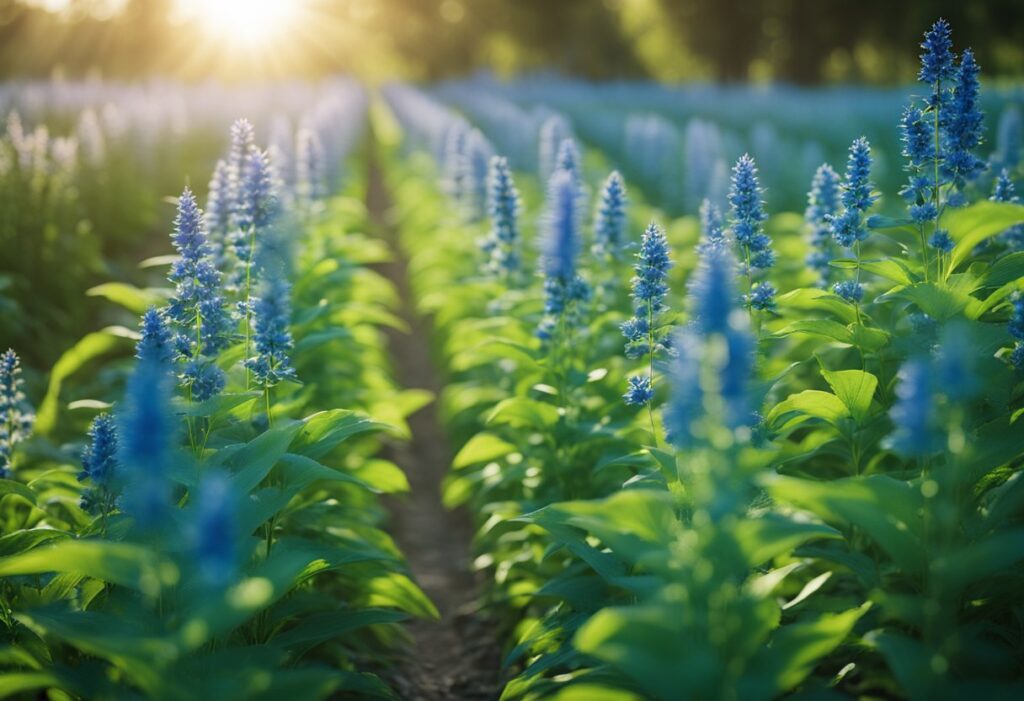
To amplify your harvest when growing Blue Dream Seeds in the USA, you need to apply specific cultivation techniques that cater to the plant’s requirements. By employing strategic training methods, precise pruning and topping, and managing the vegetative and flowering phases, you stand to optimize your yields significantly.
Low-Stress Training (LST): Start with low-stress training early in the vegetative phase. Gently bend and tie down branches, which encourages even light distribution and air flow. This will lead to a bushier plant with more bud sites and increased yields.
Screen of Green (ScrOG): Implementing a ScrOG setup involves placing a horizontal screen above your plants and weaving the branches through as they grow. This maximizes light exposure and promotes the development of multiple colas, rather than a single main stem, which results in a substantial boost in yield.
Pruning: Target the lower branches that receive less light for removal to help redirect energy to the upper parts of the plant that contribute more significantly to the overall yield.
Topping: After your Blue Dream plants have developed a healthy root system and at least four sets of leaves, you can cut the tip from the main stem, causing the plant to grow two main stems instead of one. This technique encourages a fuller canopy and higher yield potential.
Vegetative Phase: Aim for a longer vegetative phase to allow Blue Dream sufficient time to grow sturdy and robust, which can support numerous buds during flowering. Use 18 hours of light to 6 hours of darkness (18/6) photoperiod to promote growth.Flowering Time Management: When you switch to a 12/12 photoperiod to initiate flowering, closely monitor temperature and humidity. Gradually decrease humidity to 30-40% and maintain temperatures around 70-85°F (21-29°C). This controlled environment during the flowering phase not only protects buds from mold but also encourages optimal development and maturation, leading to higher yields.
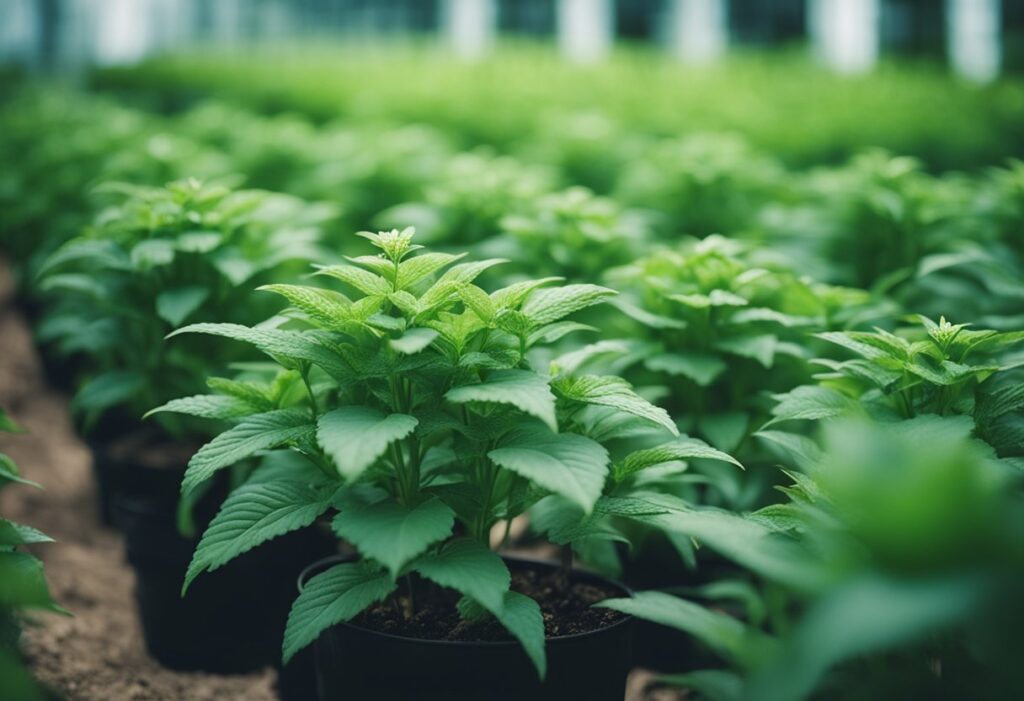
Growing Blue Dream seeds can be a rewarding experience with high yields if you carefully navigate common cultivation pitfalls. This section provides targeted advice to protect your plants from issues that can compromise your harvest.
Mold and mildew pose serious risks to Blue Dream plants, especially in climates with high humidity. To prevent these issues:
If you spot signs of mold or mildew:
Pests can wreak havoc on Blue Dream plants, but proactive management keeps them at bay:
For a natural approach, you can introduce beneficial insects such as ladybugs or lacewings that feed on common cannabis pests.
Your Blue Dream plants need a balanced supply of nutrients with an emphasis on nitrogen, phosphorus, and potassium. Avoid nutrient burn and deficiencies by:
For nutrient burn:
To address nutrient deficiencies:
By following these strategies, your Blue Dream plants will be less susceptible to stress and you’ll keep them on track for a bountiful harvest. Remember, it’s about creating the perfect environment for your plants to thrive while being vigilant about potential issues.
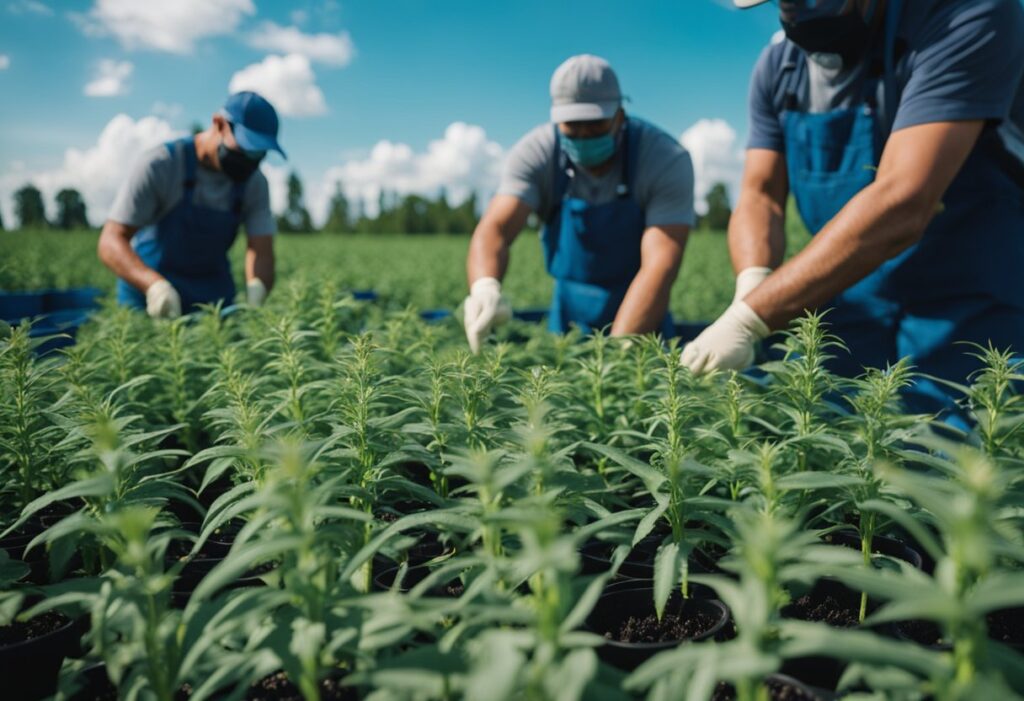
The harvesting and post-harvest stages are crucial for preserving the quality and maximizing the yield of your Blue Dream crops. Paying close attention to the timing, methods, and conditions during these processes ensures that the potent buds you’ve carefully nurtured reach their full potential.
To ensure you harvest at the peak of ripeness, closely monitor the trichomes on your Blue Dream buds. They transition from clear to a milky white as THC content peaks, which is the prime time for harvesting. Use a magnifying glass to inspect the trichomes and aim for a slight amber coloration for a more relaxed effect. Generally, this occurs after the flowering phase, lasting around 55 to 65 days.
Once you’ve determined it’s time to harvest, trim away the excess leaves to expose the buds. This enhances the buds’ aroma and taste by concentrating the terpenes such as myrcene, caryophyllene, and pinene. For drying, hang your buds upside down in a controlled environment with a temperature of around 70°F (21°C) and humidity levels at 45-55%. Drying should be slow and can take about 7 to 14 days. After drying, cure the buds in airtight containers, opening them occasionally to regulate humidity and prevent mold. Proper curing can greatly enhance potency and flavor.
To maintain the distinctive aroma and potency of Blue Dream’s terpene profile, store your harvest in a cool, dark place. The ideal storage temperature is slightly below room temperature, and avoiding direct light preserves THC content and terpene freshness. Frequent checks during storage will ensure that your buds retain their quality and are ready for the market at their absolute best.
Navigating the intricacies of cultivating Blue Dream can be straightforward when you are equipped with the right information. Here’s a handy guide to some of the most common queries you might have.
To ensure your Blue Dream plants thrive, keep them in an environment with temperatures between 75-80°F (24-27°C). They favor gentle airflow and a good amount of indirect light during early growth stages, with increasing light intensity as they mature.
A single Blue Dream plant grown under optimal conditions can produce impressive yields. Indoors, growers can expect up to 600 grams per square meter. Factors such as growing media, pot size, and light intensity can influence the overall yield.
For Blue Dream seeds to germinate effectively, maintain a humidity level of 60-70%. This range supports optimal growth throughout the vegetative stage and into flowering.
Topping Blue Dream plants encourages a bushier growth and more bud sites. It’s best to top the plant after it has developed a few nodes, cutting above the second set of leaves. This allows the plant to recover and grow multiple stems.
During flowering, Blue Dream autoflowers will need a light schedule of 12 hours on and 12 hours off to trigger and maintain this stage. Monitor nutrient levels and pH balance carefully, avoiding high-stress training methods.
We ship and deliver world wide via USPS and various couriers.
We offer a wide range of secure and anonymous online payment options.
We care about you, our customer. Please contact us with any questions or concerns.
Find out more about the benefits of being a loyal and regular customer.
WE ARE EVERY GROWERS ONE STOP SHOP TO ACQUIRE PREMIUM CANNABIS SEEDS FOR SALE IN THE USA, CANADA AND AUSTRALIA

Farmers Lab Seeds 2024, | All Right Reserved
Seeds are sold as novelty items, souvenirs, and collectibles. They contain 0% THC. We encourage our customers to check the legislation in their Country, State, Province, and Municipality prior to purchasing items from our store. We do not provide growing information.
All seeds are sold as hemp, and lab tested under 0.3% THC. This product is not for use by or sale to persons under the age of 21. This product should be used only as directed on the label. It should not be used if you are pregnant or nursing. Consult with a physician before use if you have a serious medical condition or use prescription medications. A Doctor’s advice should be sought before using this and any supplemental dietary product. All trademarks and copyrights are property of their respective owners and are not affiliated with nor do they endorse this product.
These statements have not been evaluated by the FDA. This product is not intended to diagnose, treat, cure or prevent any disease. Individual weight loss results will vary. By using this site, you agree to follow the Privacy Policy and all Terms & Conditions printed on this site. Void Where Prohibited by Law.